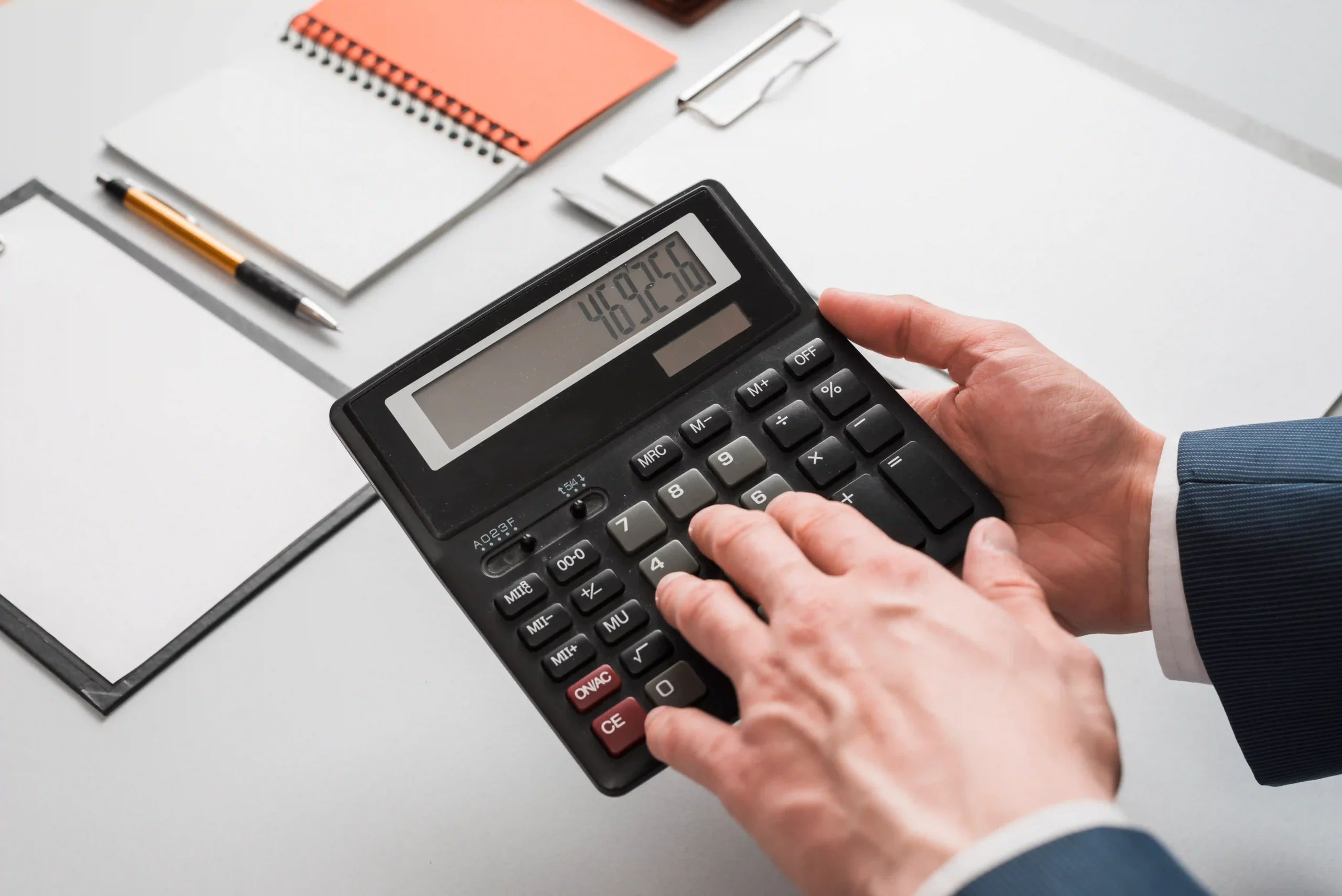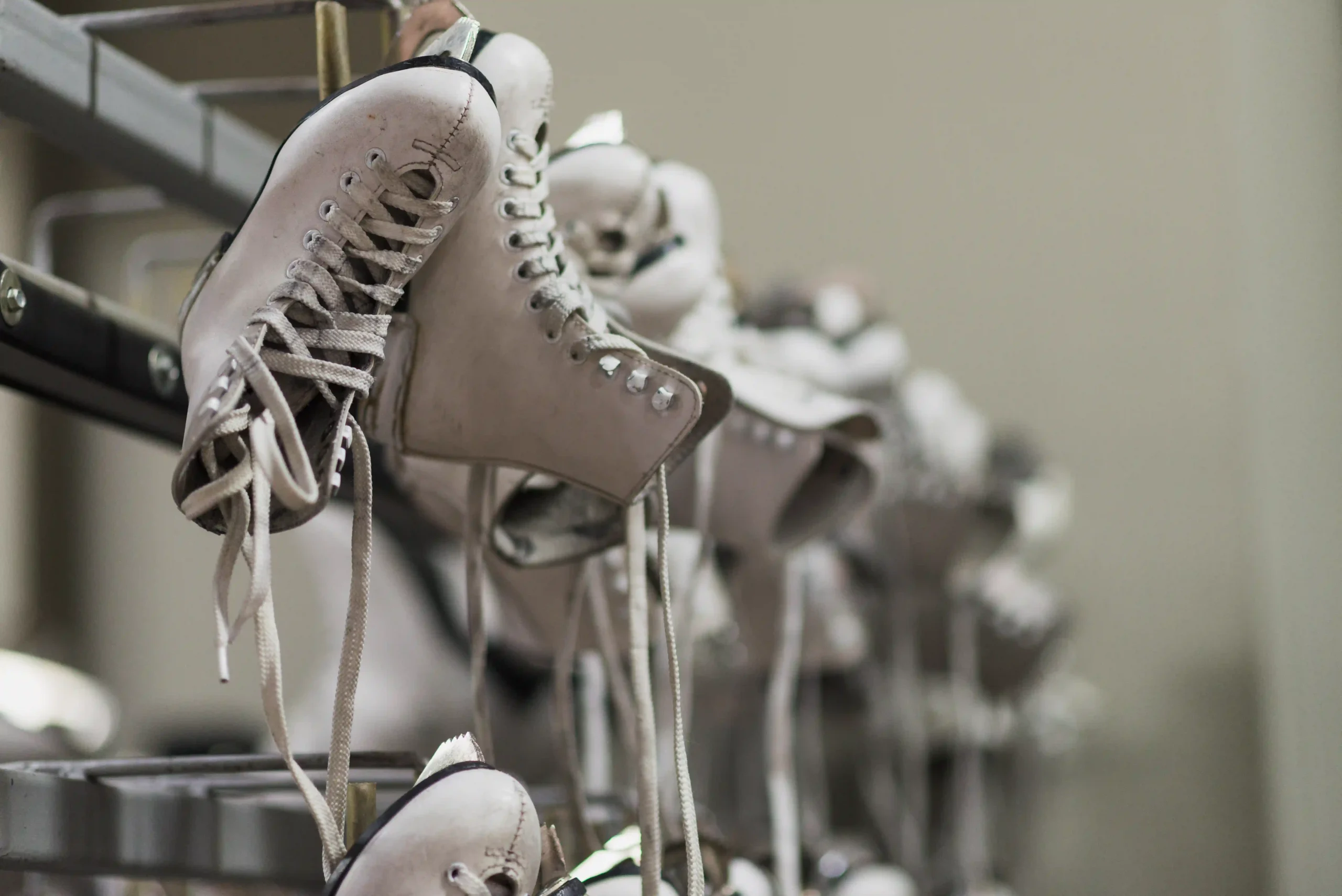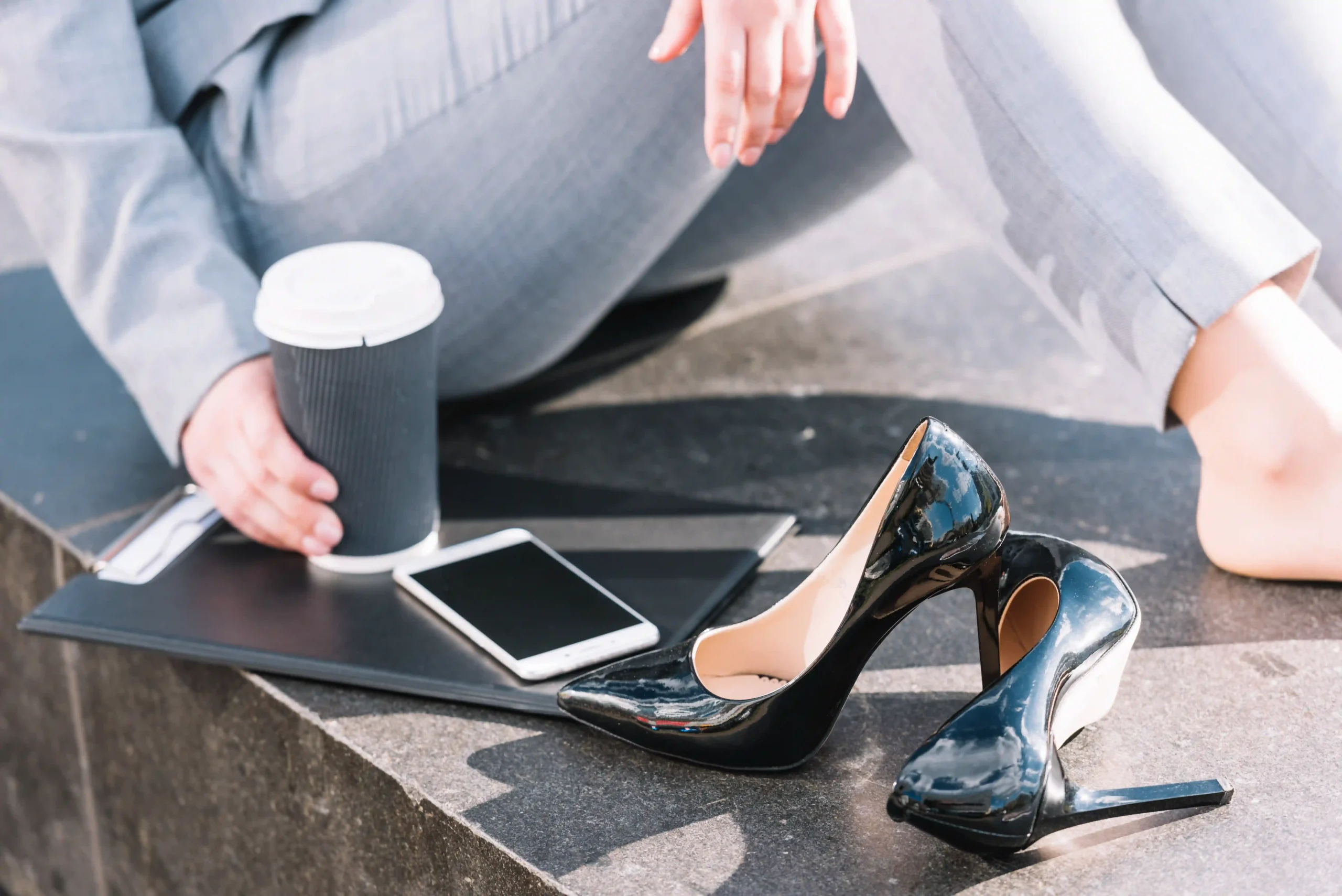In the competitive world of footwear manufacturing, understanding cost accounting for footwear is essential to maintaining profitability and ensuring sustainable business growth. The footwear industry is highly dynamic, with fluctuating material costs, seasonal demand shifts, and varying production methods. Accurate cost accounting helps companies determine the cost per shoe, set competitive prices, and make informed decisions about resource allocation.
By implementing effective cost accounting strategies, manufacturers can uncover cost-saving opportunities, optimize processes, and make smarter pricing decisions. This article will walk you through the key components of cost accounting in footwear, explain how to calculate cost per shoe, and share best practices for managing your footwear production costs.
What is Cost Accounting for Footwear?
Cost accounting is a method used to track, record, and analyze the costs associated with producing goods and services. In the context of footwear, this involves calculating the direct and indirect costs of producing each pair of shoes, ensuring manufacturers have a clear understanding of how much it costs to create their products.
Footwear cost accounting is distinct from general financial accounting because it focuses on the internal cost structure of manufacturing rather than external reporting. The goal is to determine the most accurate cost of each shoe, identify inefficiencies in the production process, and optimize pricing strategies to maximize profitability.
Key Components of Cost Accounting for Footwear Products
To fully grasp the nuances of cost accounting for footwear, it’s essential to break down the main components that contribute to the overall cost structure of a shoe:
1. Direct Costs
Materials: The raw materials used in making footwear, such as leather, rubber, synthetic fabrics, and footwear adhesives are considered direct costs. These materials are directly tied to the production of each shoe and are therefore integral to cost accounting.
Labor: The wages of workers directly involved in the shoe manufacturing process, such as assembly line workers and machine operators, are another key direct cost.
2. Indirect Costs
Overhead: These costs include utilities, factory rent, and administrative salaries that support the production process but are not directly tied to individual units of footwear. While these costs are harder to allocate, they still contribute significantly to the total cost of each pair of shoes.
Marketing and Distribution: Advertising, shipping, and warehousing are necessary costs but are not linked directly to shoe production. Allocating these indirect costs accurately ensures that the true cost of footwear is captured.
3. Fixed Costs
These costs remain constant regardless of the production volume. They include investments in machinery, equipment depreciation, and facility maintenance. Fixed costs are spread across all units produced, impacting the overall cost per shoe.
4. Variable Costs
Costs like raw material prices and direct labor can fluctuate depending on production volume or market conditions. Understanding how these costs vary with production levels is essential for accurate cost accounting.
How to Calculate the Cost per Shoe?
One of the most critical metrics for footwear manufacturers is the cost per shoe. This figure represents the total cost of producing one pair of shoes and is used to set competitive prices and determine profitability.
Step-by-Step Calculation:
-
Calculate Direct Costs: Add up the costs of raw materials (leather, rubber, laces, footwear adhesives, etc.) and direct labor (wages of workers involved in the production).
-
Allocate Indirect Costs: Divide the total overhead costs (rent, utilities, marketing) by the number of shoes produced in a given period. This will give you the indirect cost per unit.
-
Account for Fixed Costs: Spread the fixed costs across the total number of shoes produced. This includes machinery depreciation, factory rent, etc.
-
Add Variable Costs: Adjust for any variable costs based on the specific shoe model or production requirements.
-
Final Calculation: Add up the direct, indirect, fixed, and variable costs to get the total cost per shoe.
For example, if the total direct costs (materials and labor) for 1000 pairs of shoes amount to $10,000, overhead costs total $2,000, and fixed costs (machinery depreciation, etc.) add another $1,000, the cost per shoe would be calculated as follows:
Direct Costs per Shoe: $10,000 / 1000 = $10
Indirect Costs per Shoe: $2,000 / 1000 = $2
Fixed Costs per Shoe: $1,000 / 1000 = $1
Total Cost per Shoe: $10 + $2 + $1 = $13
Methods for Allocating Costs in Footwear Accounting
There are various methods to allocate costs in footwear accounting, and choosing the right one depends on your business model and production processes. Two common methods include:
1. Traditional Costing
This method allocates overhead costs based on a predetermined rate, usually using direct labor hours or machine hours as the basis for distribution. It’s simple but may not provide an accurate reflection of cost distribution, especially in industries with diverse product lines, like footwear.
2. Activity-Based Costing (ABC)
Activity-Based Costing is a more precise method where costs are allocated based on actual activities involved in the production process. For instance, if certain shoes require more intricate stitching or special materials, ABC helps allocate a larger share of costs to those specific shoes. This method offers more accuracy and insight into cost-driving activities.
Challenges in Cost Accounting for Footwear Products
Footwear manufacturers face several challenges when it comes to cost accounting:
Fluctuating Raw Material Prices: Materials like leather and rubber can experience price volatility, which can affect the overall cost of production.
Seasonality: Footwear sales often peak during specific seasons, requiring manufacturers to balance production costs during off-peak times.
Outsourcing: Many footwear companies outsource parts of their production, making cost allocation more complex.
To overcome these challenges, footwear companies must continuously monitor costs, adapt their accounting systems to changing market conditions, and implement flexible costing strategies.
Best Practices for Cost Accounting in the Footwear Industry
Here are some best practices to ensure your footwear cost accounting is accurate and efficient:
-
Regularly Review and Adjust Cost Structures: Market conditions change, so periodically reviewing your cost accounting systems ensures you capture the most up-to-date data.
-
Implement Cost Control Measures: Identify areas where costs can be reduced, such as bulk purchasing of materials or investing in automation to reduce labor costs.
-
Leverage Technology: Use cost accounting software to automate data collection, streamline cost allocation, and generate real-time reports.
- Cost-saving suggestions: The materials used to bond the shoe components also need to be factored into the cost of each shoe. While the price of adhesives from other companies fluctuates frequently, Heley’s adhesives are affordable and high-quality. Click “adhesive solutions” to view their products.
How Accurate Cost Accounting Can Improve Profit Margins for Footwear Manufacturers
Accurate cost accounting provides footwear manufacturers with insights into pricing, profitability, and efficiency. By knowing the cost per shoe, manufacturers can adjust pricing strategies, identify areas for cost reduction, and improve profitability. This is crucial in an industry where margins can be tight, and competitive pricing is key.
For example, a manufacturer that understands the exact cost of producing a pair of shoes can make informed decisions about setting retail prices, running promotions, and optimizing production schedules.
Conclusion: Mastering Cost Accounting for Footwear to Stay Competitive
In conclusion, effective cost accounting for footwear is critical for maintaining profitability and staying competitive in the fast-paced footwear market. By accurately calculating cost per shoe, allocating costs effectively, and applying the best practices discussed, manufacturers can gain deeper insights into their operations and make data-driven decisions that lead to greater efficiency and profitability. Whether you’re a small manufacturer or a large footwear brand, mastering cost accounting is the key to long-term success.
Frequently Asked Questions (FAQ)
Q1: How do I calculate the cost per shoe in footwear production?
Calculate cost per shoe by adding direct costs (materials, labor), allocating indirect costs (overhead, marketing), and spreading fixed costs (machinery, rent) over the total production.
Q2: Why are fixed costs important in footwear accounting?
Fixed costs, like rent and machinery depreciation, remain constant. Allocating them correctly helps determine the accurate cost per shoe and ensures profitability.
Q3: How do raw material price changes affect cost accounting?
Fluctuations in raw material prices affect cost per shoe. Regular updates to cost accounting systems ensure accurate pricing and profitability.
Q4: How can indirect costs be allocated more effectively?
Use Activity-Based Costing (ABC) to allocate indirect costs based on the activities that drive those costs, ensuring precise cost allocation.
Q5: Can small footwear businesses benefit from cost accounting?
Yes, even small businesses can benefit by using simple tools like spreadsheets or basic software to track cost per shoe and optimize pricing.
Related Resources
The Role of Adhesives in Footwear Manufacturing
Choosing the Right Adhesive for Footwear Production
Cost Impact of Adhesive Usage in Footwear Manufacturing: What You Need to Know



